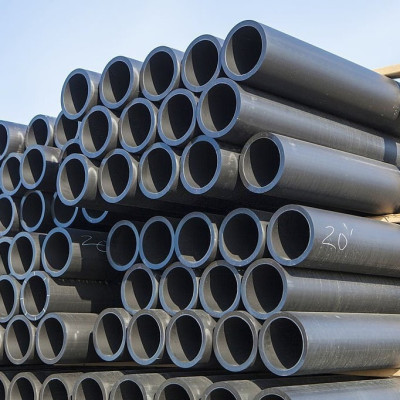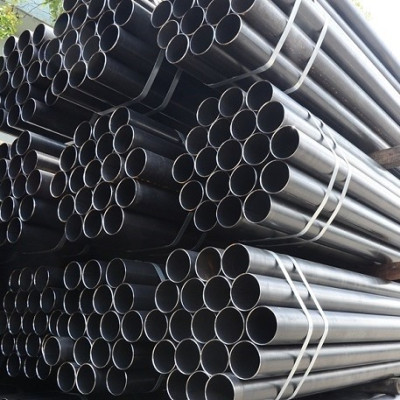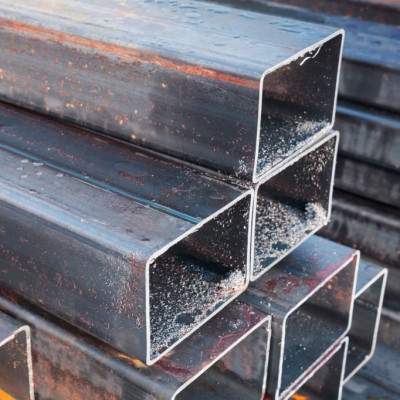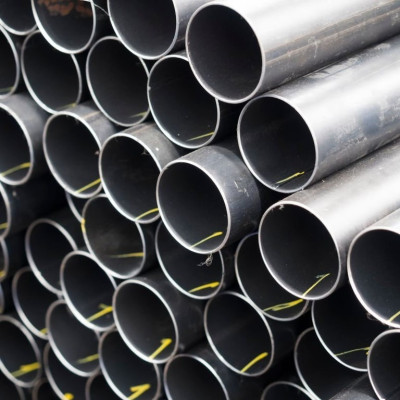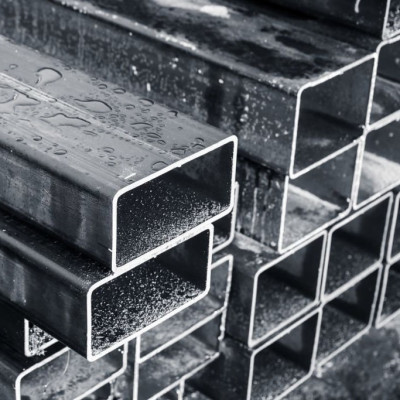Steel pipe fittings are components and products used to connect, install, and adjust steel pipes in various systems, including water supply, drainage, wastewater treatment, and other applications within the construction industry. The primary function of steel pipe fittings is to establish connections and ensure the tightness of the pipe system to ensure that water or fluids flow through the pipes safely and efficiently.
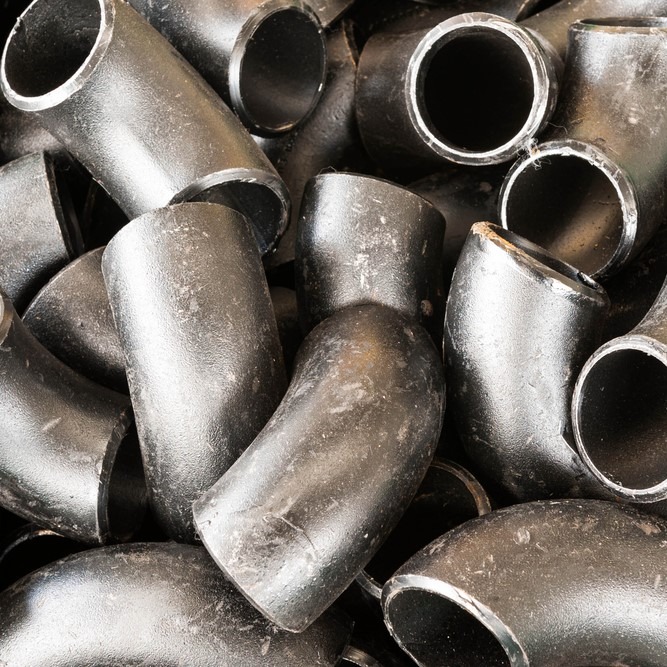
Below are some joint steel pipe fittings and their functions:
1. Elbow: An elbow is a fitting with a curved or square shape used to change the flow direction of water or fluids within a pipe system. Elbows come in different angles, such as 90 degrees, 45 degrees, and 180 degrees, to adjust the flow direction as needed.
2. Tee: A tee is a fitting shaped like the letter "T" used to divide the flow of water or fluids into two directions. They can also be used to connect two pipes to another pipe.
3. Cap: A cap is a fitting used to seal the end of a pipe, preventing water or fluids from escaping the system. Caps typically have screw-on or plug-type closures.
4. Coupling: A coupling is a fitting that joins two pipe sections. They often have threads on the inside to facilitate the connection and are particularly useful for replacing or expanding a pipe system.
5. Valve: Valves are essential fittings for controlling the flow of water or fluids within a pipe system. They can open or close the flow, regulate the flow rate or pressure, and even stop it completely.
6. Union: A union is a fitting that allows for easy disassembly and replacement of a portion of the pipe system without cutting the pipe. They are commonly used in systems that require frequent maintenance.
7. Reducer: A reducer is a fitting used to adjust the diameter of the pipe. They help transition from a larger diameter to a smaller one.
8. Flange: Flanges are fittings used to connect pipes to other components such as valves, pumps, or filters. They provide a flanged interface to click these components.
9. Hanger: Hangers are fittings used to suspend and support pipes on walls or ceilings. They help maintain the position of the pipes and reduce stress within the system.
Steel pipe fittings come in various sizes, shapes, and materials, depending on the specific application and requirements of the pipe system.







